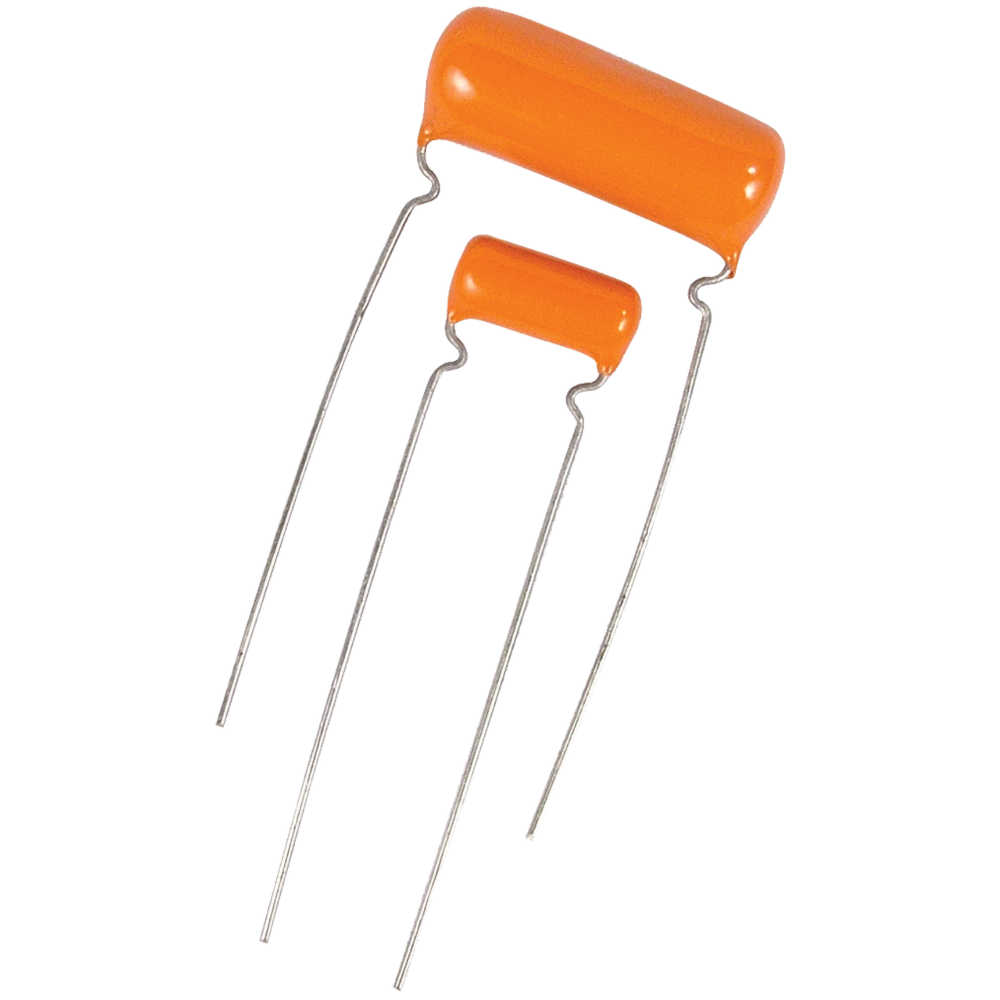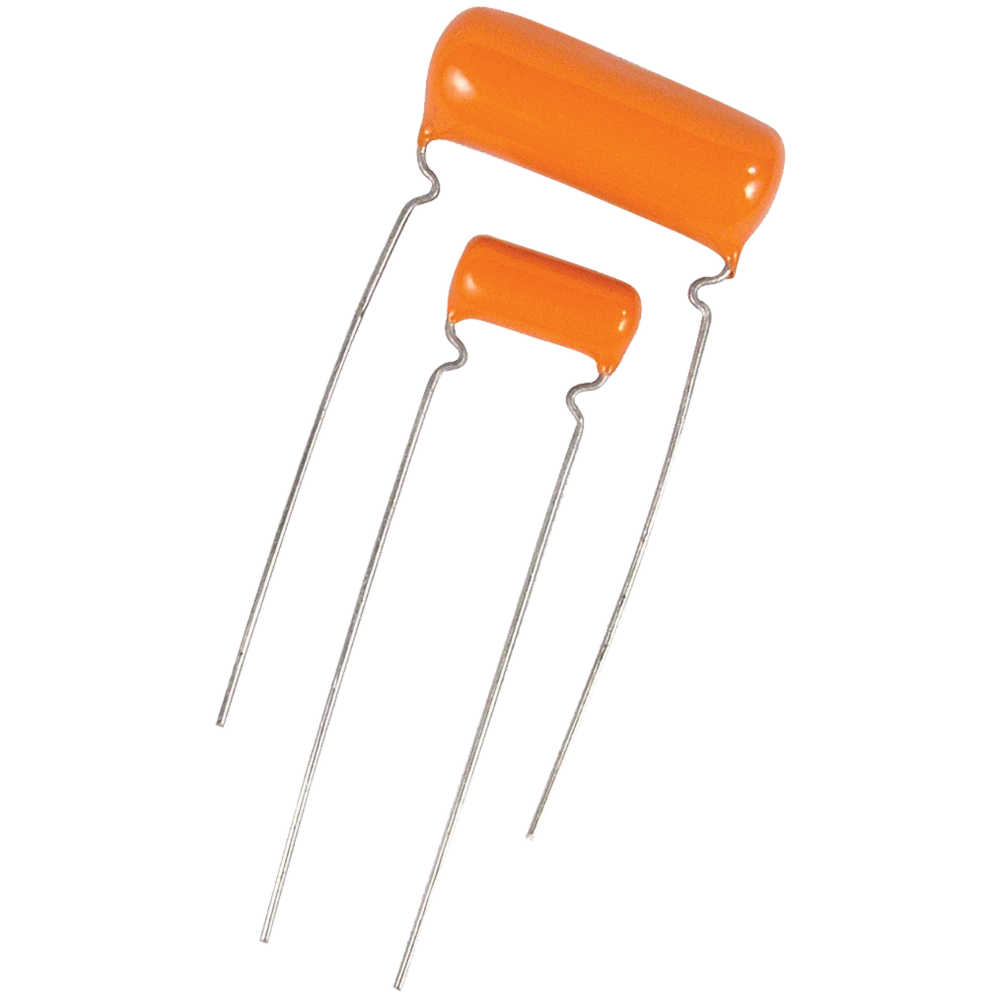Voted Best Answer
Mar 07, 2023 - 01:25 PM
503 is the capacitor code. It means 50pF * 10^3 multiplier. So, 50,000pF, aka 50nF, aka 0.05uF. For reference, the first 2 digits are the value in pF. If there is a third digit, it is the multiplier 10^X. Examples:
102 = 10pF*(10^2) = 1000pF = 1.0nF = 0.001uF
473 = 47pF*(10^3) = 47,000pF = 47nF = 0.047uF
684 = 68pF*(10^4) = 680,000pF = 680nF = 0.68uF
The other characters are the tolerance and date codes. If you're going to work with capacitors regularly, it's definitely worth learning this code system because it is the electronics industry standard. Some manufacturers include pF, nF, or uF/MFD on the label, but most do not. It's easier to write "503" on a label than it is to write out one of the possible names like 50,000pF, 50nF, 0.05uF, etc. Not only do those take up more space on an already cramped label, but there will also always be people that complain that is isn't written in the format they prefer to see (Why is it in nF? I want it in uF/MFD, etc). That's why there's an established industry standard system that all capacitor companies follow. This is what you'll see on almost all capacitors from 1pF up to 1uF.
102 = 10pF*(10^2) = 1000pF = 1.0nF = 0.001uF
473 = 47pF*(10^3) = 47,000pF = 47nF = 0.047uF
684 = 68pF*(10^4) = 680,000pF = 680nF = 0.68uF
The other characters are the tolerance and date codes. If you're going to work with capacitors regularly, it's definitely worth learning this code system because it is the electronics industry standard. Some manufacturers include pF, nF, or uF/MFD on the label, but most do not. It's easier to write "503" on a label than it is to write out one of the possible names like 50,000pF, 50nF, 0.05uF, etc. Not only do those take up more space on an already cramped label, but there will also always be people that complain that is isn't written in the format they prefer to see (Why is it in nF? I want it in uF/MFD, etc). That's why there's an established industry standard system that all capacitor companies follow. This is what you'll see on almost all capacitors from 1pF up to 1uF.



